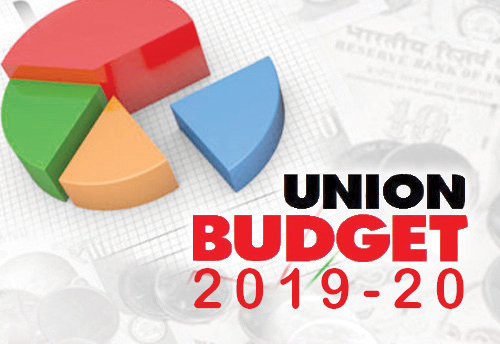

India’s Union Budget for the financial year 2019-20, presented by Finance Minister Nirmala Sitharaman last week, charts a detailed plan to achieve inclusive and sustainable development in the world’s fastest-growing economy, the Indian Embassy in the Sultanate said in a press statement.
“The Budget presented a progressive goal to achieve a $5 trillion economy by 2024-25, compared with the current $2.7 trillion. To achieve this, Government of India is targeting annual economic growth of 8 per cent over the coming years. This aims to establish India as the world’s third largest economy,” the Embassy stated.
In the current financial year, the Indian economy is expected to record a growth of 7 per cent, following a growth of 6.8 per cent in 2018-19. The government plans to achieve this by boosting investment, especially from the private sector, in all sectors of the economy, it said.
Between 2014-19, the Government of India provided a “rejuvenated Centre-State dynamic, cooperative federalism, GST Council, a strident commitment to fiscal discipline and set the ball rolling for New India, planned and assisted by the NITI Aayog”.
In the last five years, the government initiated leading reforms, particularly in indirect taxation, bankruptcy, real estate, as well as those in the social sector to improve the common man’s life. Infrastructure and connectivity have also been revolutionized to drive growth.
Setting the pace for the vision for India in the next decade, the Indian Finance Minister said that mega programmes and services which were initiated and delivered during the last five years will now be further accelerated. The government plans to simplify procedures, incentivise performance, reduce red-tape and make the best use of technology to achieve the desired goals.
The minister stated that the government recognizes that investment-driven growth needs access to low-cost capital. It is estimated that India requires investment averaging over $292 billion per year.
Emphasising on the substantial role of India’s private industry in boosting the economy, the government has proposed to use Public-Private Partnership (PPP) to unleash faster development and completion of projects and to make available a blueprint this year for developing railway infrastructure, national highway grid, gas grids, water grids, i-ways and regional airports.
In order to unlock the true potential of Public Sector Undertakings (PSUs), the finance minister said that strategic disinvestment of select CPSEs would continue to remain a priority of this Government, along with the consolidation of PSUs in the non-financial space.
The government is considering, in case, where the stake is still to be retained in government control, to go below 51 per cent to an appropriate level on a case to case basis. The government is setting an enhanced target of $14.6 billion of disinvestment revenue for 2019-20.
Meanwhile, to make India a more attractive foreign direct investment (FDI) destination, the Budget said that FDI in sectors such as aviation, media (animation, AVGC) and insurance sectors can be opened further on multi-stakeholder examination. In the meantime, insurance intermediaries will get 100 per cent FDI, and local sourcing norms will be eased for FDI in single brand retail sector, the embassy added.
Oman Observer is now on the WhatsApp channel. Click here



